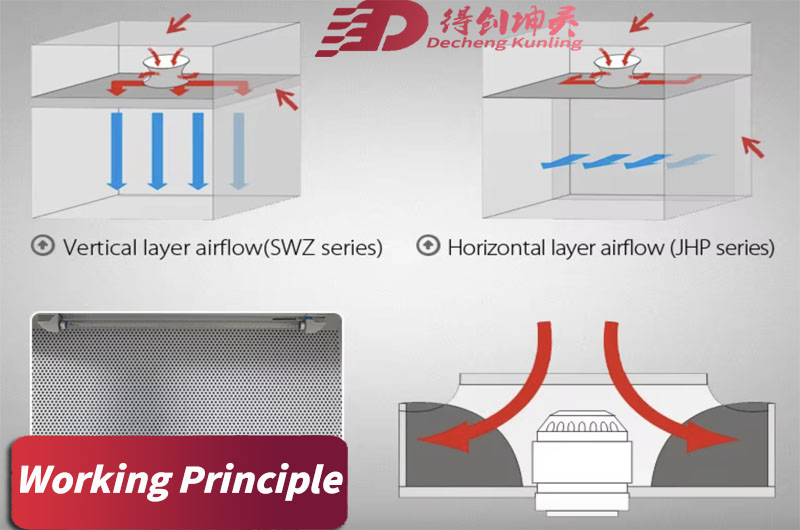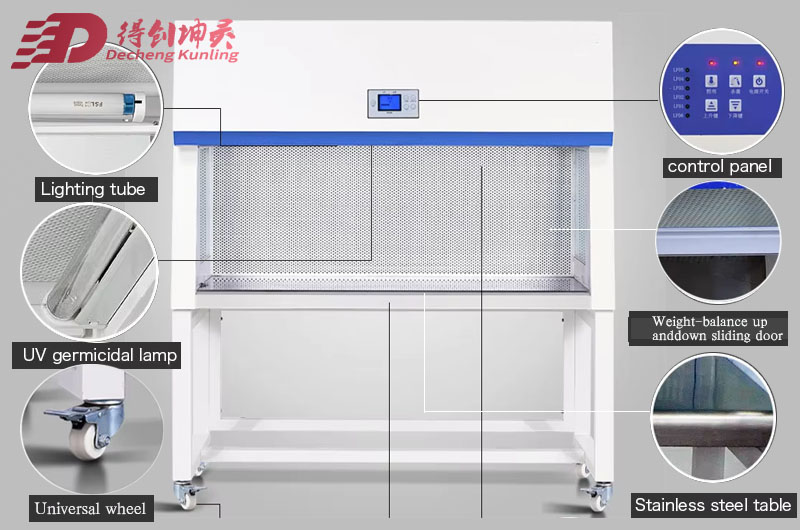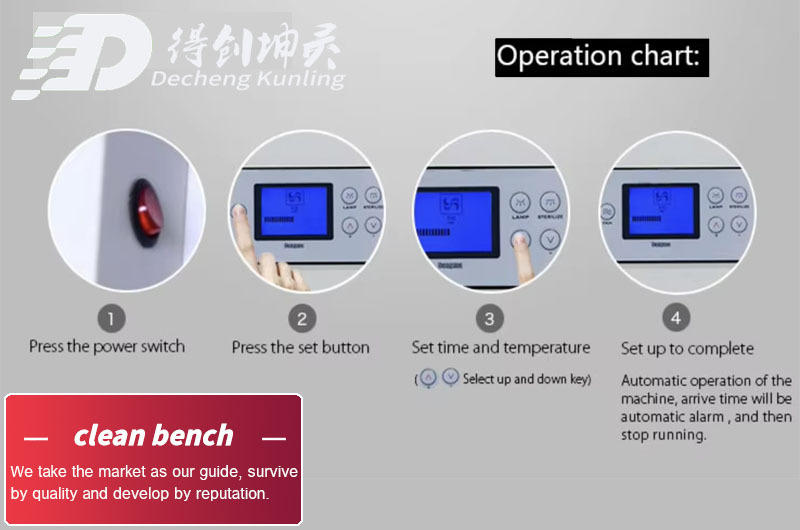Creating Contamination-Free Zones: The Importance of Horizontal Laminar air flow
Ensuring sterile environments across scientific and industrial sectors
In various scientific and industrial sectors, the need for contamination-free zones has never been more critical. These controlled environments are essential for ensuring the integrity of delicate processes and products. Horizontal laminar air flow systems have emerged as a pivotal component in creating and maintaining these sterile conditions. This article delves into the significance of horizontal laminar air flow in multiple fields, emphasizing its applications and adherence to international standards.
Applications in the Pharmaceutical Field
The Pharmaceutical industry is at the forefront of ensuring product safety and efficacy. Horizontal laminar air flow systems provide a sterile environment that is crucial for the preparation and handling of drug formulations. The air flow creates a constant stream of filtered air, which significantly reduces the risk of contamination from airborne particulates.
In compliance with Good Manufacturing Practice (GMP) guidelines, pharmaceutical facilities are required to maintain stringent cleanliness standards. Horizontal laminar air flow systems help meet these requirements by ensuring that the work area is free from contaminants.
Applications in Biological Research

In biological research, maintaining a sterile working environment is essential for the accuracy of experiments and the reliability of results. Horizontal laminar air flow systems protect sensitive biological materials from contamination.
Many biological research protocols require compliance with international standards such as ISO 14644, which outlines cleanroom requirements. Horizontal laminar flow systems are a key asset in achieving these standards.
Applications in University Laboratories
Universities are hubs of innovation and discovery, where research is often conducted in shared laboratory spaces. The implementation of horizontal laminar air flow systems in university labs helps safeguard against cross-contamination between different research projects.
By providing a controlled airflow that protects sensitive samples, these systems allow students and faculty to conduct their research with confidence. This is particularly important in educational settings where multiple users may access the same equipment.
Applications in Healthcare Institutions

In healthcare, the stakes are particularly high when it comes to contamination. Horizontal laminar air flow systems play a crucial role in clinical environments, such as operating rooms and isolation wards. These systems help minimize the risk of airborne pathogens and other contaminants.
The World Health Organization (WHO) recommends the use of Clean air technologies in healthcare settings to prevent hospital-acquired infections.
Applications in Food Microbiology
The food industry also demands rigorous standards for cleanliness to prevent microbial contamination. Horizontal laminar air flow systems are invaluable in food microbiology laboratories, where testing and analysis of food products take place.
Compliance with international standards such as the Hazard Analysis Critical Control Point (HACCP) guidelines is essential in food safety. Horizontal laminar air flow systems help laboratories meet these standards by creating a contamination-free workspace.
Applications in MicroElectronics

The microelectronics industry operates in a realm where even the smallest particles can cause significant defects in products. Horizontal laminar air flow systems are essential in Semiconductor manufacturing and other microelectronic applications.
Following international standards such as iso 14644-1, microelectronics facilities can ensure that their environments meet the cleanliness requirements necessary for high-quality production.
Applications in DNA Testing
In the field of DNA testing, maintaining a contamination-free environment is crucial for the accuracy of results. Horizontal laminar air flow systems help laboratories protect sensitive genetic material from airborne contaminants, which can lead to erroneous outcomes.
Compliance with standards set by organizations like the American Society of Microbiology (ASM) is vital in DNA testing laboratories. The use of horizontal laminar air flow systems aids in ensuring that laboratories adhere to these standards.
Conclusion
Creating contamination-free zones is essential across various fields, including pharmaceuticals, biological research, healthcare, food microbiology, microelectronics, and DNA testing. Horizontal laminar air flow systems are integral to achieving and maintaining these sterile environments, ensuring that processes and products are safeguarded against contamination.
Adherence to international standards such as ISO 14644, GMP, and HACCP underscores the importance of using reliable technology in these applications. The Deign brand stands out in the market, offering state-of-the-art horizontal laminar air flow solutions that meet rigorous safety and efficiency standards.
Relevant International Standards
| Standard | Description |
|---|---|
| ISO 14644-1 | Cleanrooms and controlled environments – Part 1: Classification of air cleanliness by particle concentration. |
| Good Manufacturing Practice (GMP) | Guidelines that provide minimum requirements for manufacturing processes. |
| Hazard Analysis Critical Control Point (HACCP) | A systematic approach to food safety that focuses on prevention rather than inspection. |
| American National Standards Institute (ANSI) | Sets the standards for safe laboratory environments. |
| World Health Organization (WHO) | Provides guidelines for infection prevention and control in healthcare settings. |
| American Society of Microbiology (ASM) | Establishes standards for laboratories engaged in Microbiological testing, including DNA analysis. |
By employing horizontal laminar air flow systems and adhering to these international standards, organizations can effectively create contamination-free zones that enhance safety, quality, and reliability across a multitude of applications.
 +86 18186671616
+86 18186671616 Jason@cleanroomequips.com
Jason@cleanroomequips.com
 MENU
MENU



